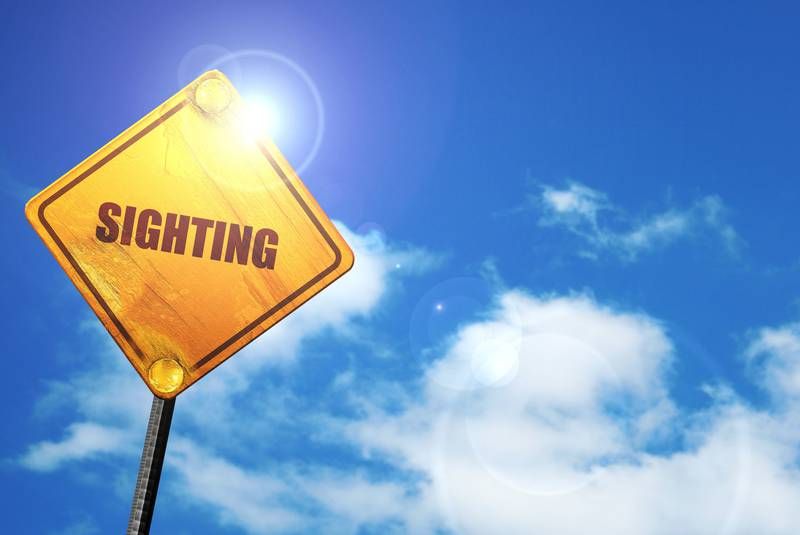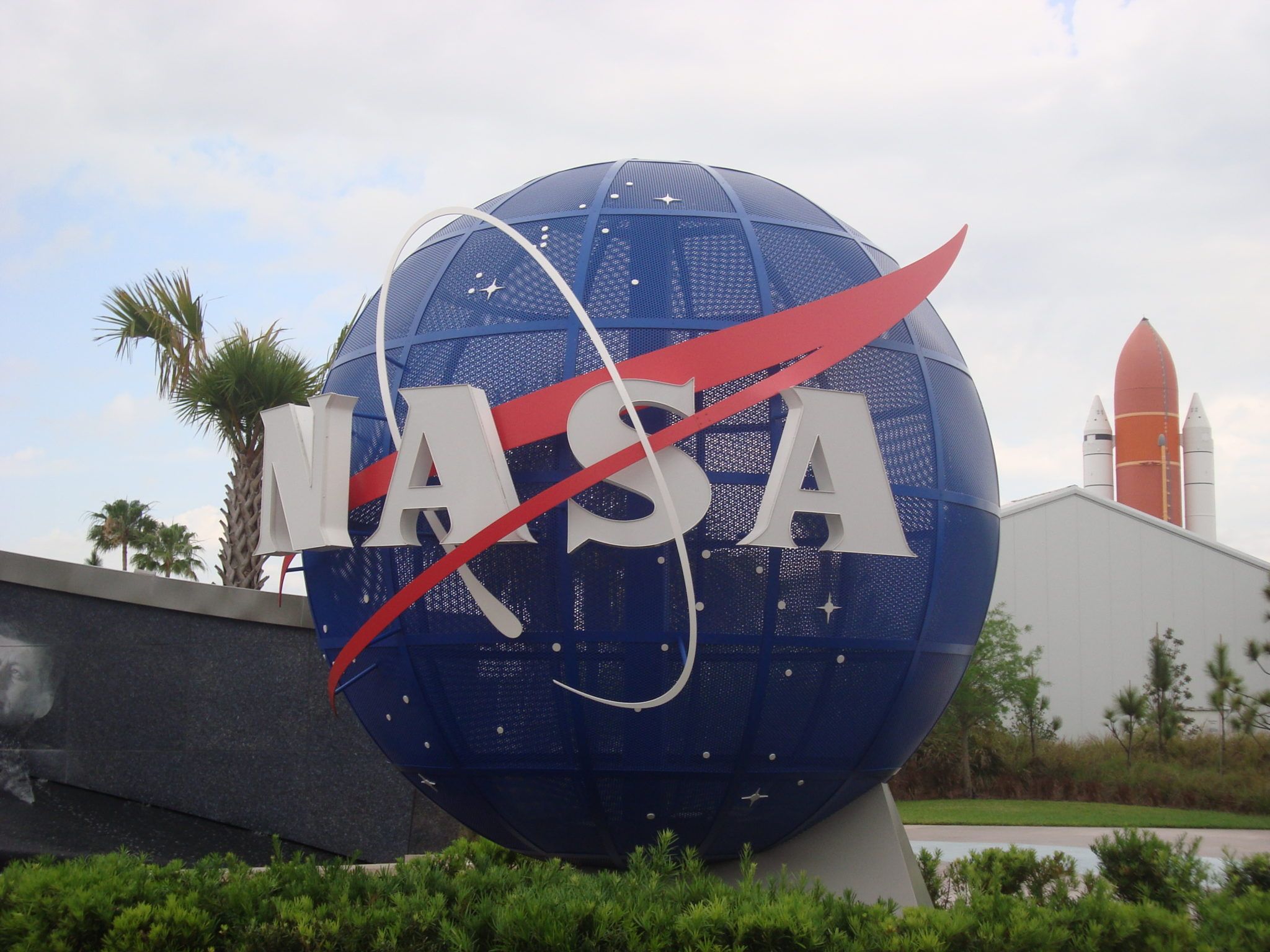The UFO Community Still Believes — and Science is Starting to Listen
by Chabeli Herrera March 19, 2019 (orlandosentinel.com)
• Over the past two years, scientists, politicians and professionals have increasingly been willing to touch the taboo subject of UFOs and perhaps lend a little credence to those who still believe.
• In December 2017, the New York Times reported that the U.S. had funded a secret, $22 million project to study UFO claims from 2007 to 2012. Declassified video taken in 2004 by two Navy F/A-18F fighter jets off the coast of San Diego showed a craft with no apparent propulsion moving at alarmingly fast speeds. Navy pilot Commander David Fravor who witnessed the Tic Tac-shaped craft told the Washington Post that it was “something not from Earth.”
• Harvard’s astronomy department chair, Avi Loeb, along with colleague Shmuel Bialy, wrote in a publication in Astrophysical Journal Letters that an interstellar object seen passing through our solar system called Oumuamua “is a lightsail, flowing in interstellar space as a debris from an advanced technological equipment.” Loeb theorized that, “Oumuamua may be a fully operational probe sent intentionally to Earth vicinity by an alien civilization.”
• NASA’s Ames Research Center scientist Silvano Colombano went on record recently to suggest that NASA and the scientific community should be more open-minded in its approach to the search for extraterrestrial intelligence. NASA is preoccupied with finding biosignatures through its Center for Life Detection Science than interested in analyzing alleged UFO sightings.
• MUFON (Mutual UFO Network) does analyze UFO sightings. It has 3,500 members in 42 countries. Barbara Stusse, 80, has been coming to MUFON meetings for three years. She says that her mother saw a UFO in 1947. In 1965, she read about Betty and Barney Hill and “believed it”.
• Kathleen Marden is MUFON’s director of experiencer research. She was 13 years old in September 1961 when her Aunt Betty Hill and her Uncle Barney Hill saw a UFO in the White Mountains of New Hampshire. There were two hours they couldn’t account for, and Barney was sure he’d seen eight to eleven figures dressed in black shiny uniforms that were “somehow not human”. Under hypnosis, the Hills related how they were abducted and physically examined inside the UFO. “They examined their hands, they took their shoes off, they examined their feet, they did tests on them that appear to be testing their nervous systems, as well,” says Marden. She has written about the government’s ‘tampering’ with the Hill case. But lately Marden has seen a recent shift in the credence that people give to the UFO phenomenon, with the 2017 New York Times article being the turning point.
• Trish Bishop of Kissimmee, Florida, relates her story of March 2013 at dusk when she saw a tall, muscular man wearing a formfitting tan colored uniform, boots and gloves was lingering in her backyard at the edge of a forest. But his face wasn’t human. His eyes bulged far out of their sockets. His jaw was over-sized. And his skin was white as chalk. Paralyzed with fear, she pretended not to watch the man while she called for help on her phone. Then man appeared to be climbing invisible steps. When he was about 10 feet off the ground, he turned his back to her and pulled himself up “into a UFO?” she thought — and he was gone. After four years, she got the nerve to report the incident to MUFON.
• The challenge with UFO and alien sightings has always been the lack of evidence. Bishop said she was too scared to take a photo of her alien. Little to no consequential evidence exists in other cases. University of Central Florida psychology professor Alvin Wang thinks that people project their predisposition to believe in conspiracy theories, and seek out others who reaffirm that belief. “[T]hey get …confirmation support, when they are members of UFO believers community,” said Wang.
He appeared as if a hologram at first — then solid — suddenly there and clear as you or I, at the edge of the forest behind Trish Bishop’s home in Kissimmee.
It was a Thursday in March 2013, the glow of the afternoon tucking in for the day behind the trees. He stood tall, at least 6-foot-3, perhaps 220 pounds and certainly muscular, wearing a formfitting tan colored uniform, boots and gloves. He lingered by the crape myrtle tree in the middle of the backyard.
When he turned around, it was his face, she remembers, that stopped her.
Bulging eyes jutting so far out of the sockets that Bishop wondered whether he could close them. Skin white as chalk.
And a jaw so large, it dispelled any notions the government worker had of the visitor being human.
“If you compare a human jawbone to his, we would be a chihuahua to a pit bull,” Bishop said.
Paralyzed with fear, she watched as what she believed to be an alien appeared to climb invisible steps, stopping often to snatch glances at her from where she sat on her back porch, fumbling with her phone to appear as though she couldn’t see him.
Her finger was pressed on the number “9” to dial for help.
When he was about 10 feet off the ground, he turned his back to her and pulled himself up — “into a UFO?” she thought — and was gone.
Bishop sat stunned. “I’ve got a freaking alien in my backyard,” she thought.
It would be four years before she told anyone her story, before she’d discover the Mutual Unidentified Flying Objects Network, a nationwide organization 50 years old, and file her report under case number 84886 with the local Florida chapter.
But she worried: Who would believe her?
These days, more people than you’d think.
Across restaurants and meeting rooms in the United States, MUFON groups still gather every month to discuss cases like Bishop’s with the enthusiasm that once gripped the nation during the Cold War, when UFO sightings still made a splash on the front page.
The Space Coast group, made up of some former NASA employees and engineers, has 118 members, the largest in the state. Across the U.S. they number 3,500, with additional offices in 42 countries.
For many years, they were alone entertaining UFO theories. No more.
In the past two years, scientists, politicians and professionals have increasingly been willing to touch the taboo subject and perhaps lend a little credence to those who still believe.
FAIR USE NOTICE: This page contains copyrighted material the use of which has not been specifically authorized by the copyright owner. ExoNews.org distributes this material for the purpose of news reporting, educational research, comment and criticism, constituting Fair Use under 17 U.S.C § 107. Please contact the Editor at ExoNews with any copyright issue.


